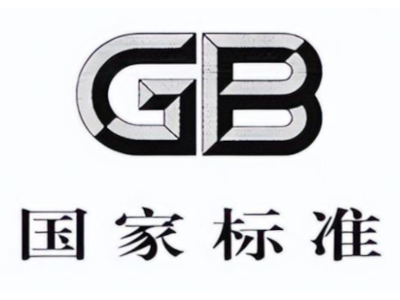GB - China Standards
The drafting, maintenance, and publication of China's national standards are managed by the Standardization Administration of China (SAC).
1. Name and First Publication
"GB" is the abbreviation for the Chinese Pinyin "Guó Biāo", which stands for the National Standard of the People's Republic of China. The first national standard, GB 1-58《Standard Format and Layout Dimensions (Draft)》, was published in 1958.
2. Drafting, Maintenance Authority, and Publication Website
The drafting, maintenance, and publication of China's national standards are managed by the Standardization Administration of China (SAC).
The primary official websites for accessing national standard texts are:
National Standard Full-Text Open System (https://openstd.samr.gov.cn/bzgk/gb/index): This system provides online reading and downloading of mandatory national standards, recommended national standards (GB/T), and guiding technical documents (note copyright restrictions).
National Standard Information Public Service Platform (https://std.samr.gov.cn): Offers comprehensive standard information queries, including standard bibliographic records and the process of formulation and revision.
3. Main Content
The content of China's national standards (GB) is extensive, covering various aspects of the national economy and social development. Key areas include:
Product Standards: Requirements for specifications, quality, and testing methods of various products, such as electronics, machinery equipment, construction materials, and food.
Safety Standards: Standards ensuring human health, personal safety, and property safety, such as food safety, consumer product safety, and occupational safety regulations (these are often mandatory standards).
Technical Specifications: Technical requirements and interface specifications in fields like information technology, telecommunications, energy, and transportation.
Management Standards: Standards guiding organizational operational management, such as quality management systems (GB/T 19001 [idt ISO 9001]) and environmental management systems.
Service Standards: Standards regulating service industries like tourism, logistics, and after-sales service.
Basic and General Standards: Systems of units, symbols, codes, character sets (e.g., GB 18030 Chinese character encoding), and statistical methods.
National standards are categorized into mandatory standards (GB) and recommended standards (GB/T). Mandatory standards must be strictly implemented, while recommended standards are encouraged for adoption.
4. Update Frequency
The update (re-examination) cycle for national standards is not fixed but is conducted periodically in accordance with the Standardization Law of the People's Republic of China and related requirements.
General Principle: National standards are typically re-examined every five years to determine whether they remain valid, require revision, or should be abolished.
Actual Cycle: The specific update frequency is flexibly adjusted based on factors such as the pace of technological development, changes in industry needs, and societal development demands. For instance, standards in the information technology sector may be updated more frequently, while some basic and general standards may remain relatively stable. The actual revision cycle may range from 5 to 10 years.
Update Drivers: Rapid technological advancements, new safety requirements, alignment with international standards, and industrial upgrades are key factors driving the revision of national standards.


